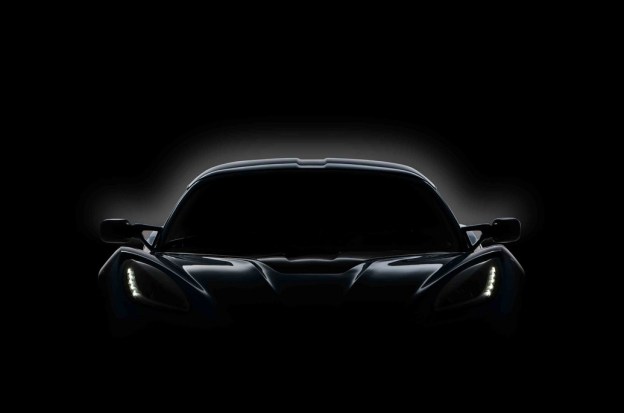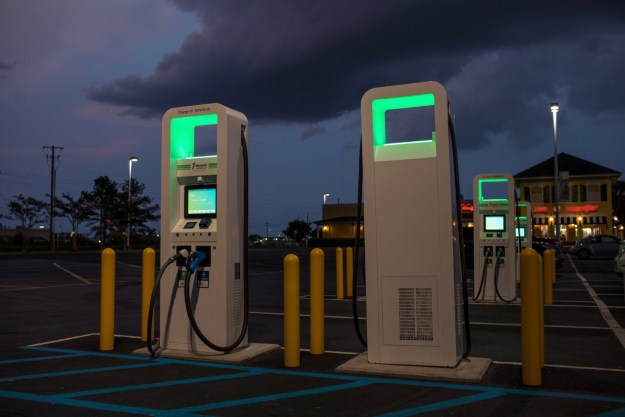 Cars like the Nissan Leaf and Tesla Model S may seem like they’re on the bleeding edge of automotive tech, but the electric car is nothing new. At the dawn of the automobile age, there were actually a few companies building EVs.
Cars like the Nissan Leaf and Tesla Model S may seem like they’re on the bleeding edge of automotive tech, but the electric car is nothing new. At the dawn of the automobile age, there were actually a few companies building EVs.
With renewed interest and decades of technological advances, it’s not surprising that one of those companies is returning from the dead to get a piece of the action.
Welcome back, Detroit Electric.
Detroit Electric was founded in 1907 and primarily made electric cars that were shaped like phone booths (photo below), steered with tillers, and were powered by heavy lead-acid batteries. Despite these shortcoming, the cars were prized for their quiet operation and ease of use, compared to the labor-intensive gasoline cars of the time. Since there were few paved roads, range anxiety probably wasn’t an issue.
Of course, internal combustion eventually won out, and Detroit Electric went bust in 1939, having built about 13,000 cars. It was revived in 2008 by Albert Lam, former Group CEO of the Lotus Engineering Group, the consulting arm of Lotus Cars, whose English division Lam also headed as Executive Director.
After laying dormant for seven years, Detroit Electric announced that it will show a new EV at the Shanghai Auto Show in April.
For now, Detroit Electric is only saying that its first car in over 70 years will be a “limited-edition two-seat sports car.” The company’s teaser image shows more than a few Corvette styling cues.

Working with GM would certainly be convenient; the revived Detroit Electric will be headquartered in its namesake city’s iconic Fisher Building, and plans to manufacture the sports car in Michigan. It’s making a revival of Detroit its cause celebre.
“We are committed to doing our part for this great revival of Detroit through innovation, entrepreneurship and determination – what we like to call ‘Detroit 2.0’,” Detroit Electric CEO Don Graunstadt said in a statement.
If all goes well, Detroit Electric plans to launch two more “high performance models” by the end of 2014. That’s pretty gutsy considering that fellow green car startups Fisker and Coda have barely been able to produce one car model each.
Will the all-American electric sports car make it, or should Detroit Electric stay dead? Tell us in the comments.
Editors' Recommendations
- 2024 Chevrolet Equinox EV: price, release date, range, and more
- Cadillac aims to balance its lineup with a small electric SUV
- Lamborghini teases its first all-electric supercar ahead of Friday’s big reveal
- The cheapest electric cars you can buy
- What are the different types of electric car chargers?


